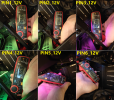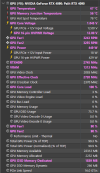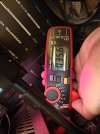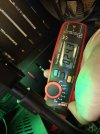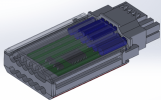It'd be real tough for the PSU to actively fix the issue - it could certainly sense the current draw down all 12 wires, and add resistance in series to keep everything balanced (and burn off some extra electrons as heat in the process.)
Problem comes with cards like the 3090Ti that are already doing active balancing on the GPU side, and what happens if each start to fight each other. Or, a lower powered card built with an oldschool static power partitioning scheme where like 4x12v pins feed the VCore VRM and the other two feed all the rest, or even worse, a low power card that doesn't draw power from all the pins to begin with, in a hypothetical future where the 6 and 8 pin PCIe connectors disappear entirely.
It would be relatively straightforward for a PSU, especially a high end one with management software like Corsair's high end ones to sense out of spec current draw from each of the pins and sound an alarm, power the PC off, etc., though. Exactly like Asus' Astral 5090 does, just on the other end of the cable, and that might be the best solution. At least it would eliminate cable, GPU, and PSU damage and risk of fire, although as time goes on, I suspect that alarm might get tripped an awful lot as all the parts age. I can already envision all the posts with less technically sophisticated people screaming into the void about how their fancy power supply keeps beeping and turning off while their friend's $75 bargain bin special works 'just fine' with the same components. It's the right thing to do, but I can easily see how difficult that would be for that PSU manufacturer's support and warranty department, as well as their brand identity and reputation onilne.

